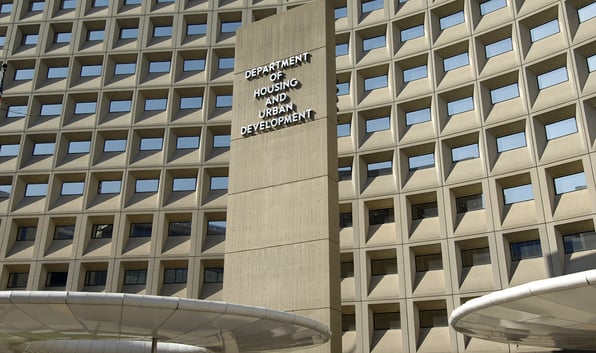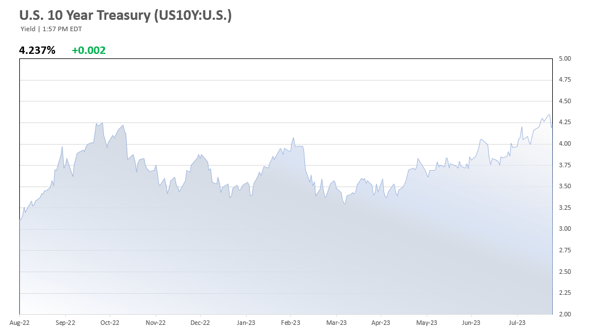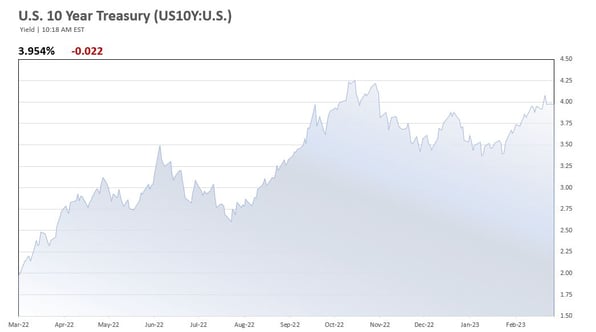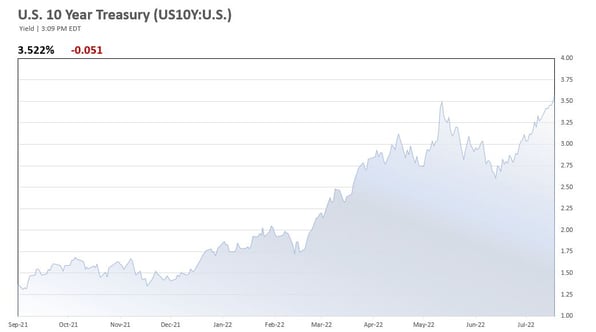U.S. Department of Housing & Urban Development (HUD) published a Notice which reduces the upfront and annual Mortgage Insurance Premium (MIP) rates to 0.25% across all multifamily loan programs. This represents a rate savings of up to 0.75% in the upfront MIP rate and 0.45% in the annual MIP rate for certain FHA multifamily loan programs. The following compares the old and new upfront and annual MIP rates for market-rate, non-green building certified projects on the most popular FHA/HUD multifamily loan programs:
| Loan Program | Prior | Updated |
| 221(d)(4) | 0.65% | 0.25% |
| 223(f) | 0.60% | 0.25% |
| 223(a)(7) | 0.50% | 0.25% |
| Loan Program | Prior | Updated |
| 221(d)(4) | 0.65% | 0.25% |
| 223(f) | 1.00% | 0.25% |
| 223(a)(7) | 0.50% | 0.25% |
HUD insured loan programs offer long term, low interest rate financing for new construction and permanent financing for qualifying affordable housing and market rate apartment projects. These programs, which provide attractive loan terms – up to 90% LTV / LTC (80% for cash-out refinances), supported by a 1.05x – 1.15x DSCR, are subsidized by HUD MIP, the fee charged by HUD for providing a credit enhancement in the form of FHA mortgage insurance. Historically, the premiums collected by HUD under these loan programs well exceeded the cost of claims paid out by the FHA Insurance Fund. The reduction of HUD MIP rates is warranted.
An additional benefit of the updated policy is that multifamily developers contemplating HUD 221(d)(4) financing will no longer need to incur the significant cost to secure a Green Building certification to capture the lower 0.25% MIP rate. Similarly, existing property owners of certified Green Buildings, who previously benefited from this lower 0.25% MIP rate available under the HUD Green Building Certification incentive program, will no longer be required to incur annual costs associated with the annual Green Building recertification.
Overall, the HUD MIP rate reduction represents a win for property owners. It reduces the cost of capital under the HUD loan program, which in turn forces the competition to be more competitive. Additional details are provided in the formal published notices linked to above. Contact Us for more information and to learn more about HUD loan programs.
Interested in learning more about FHA's attractive loan programs?
Click to learn more!







